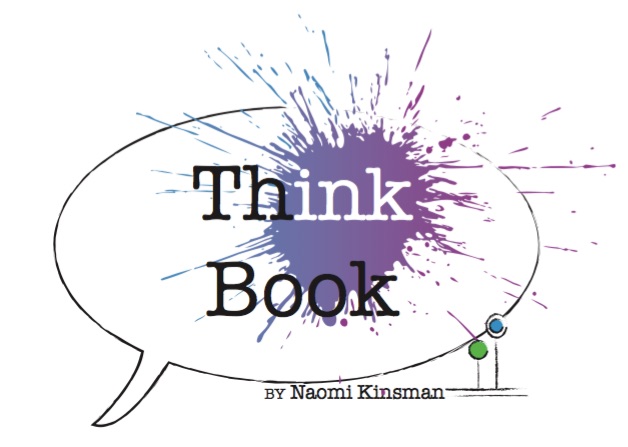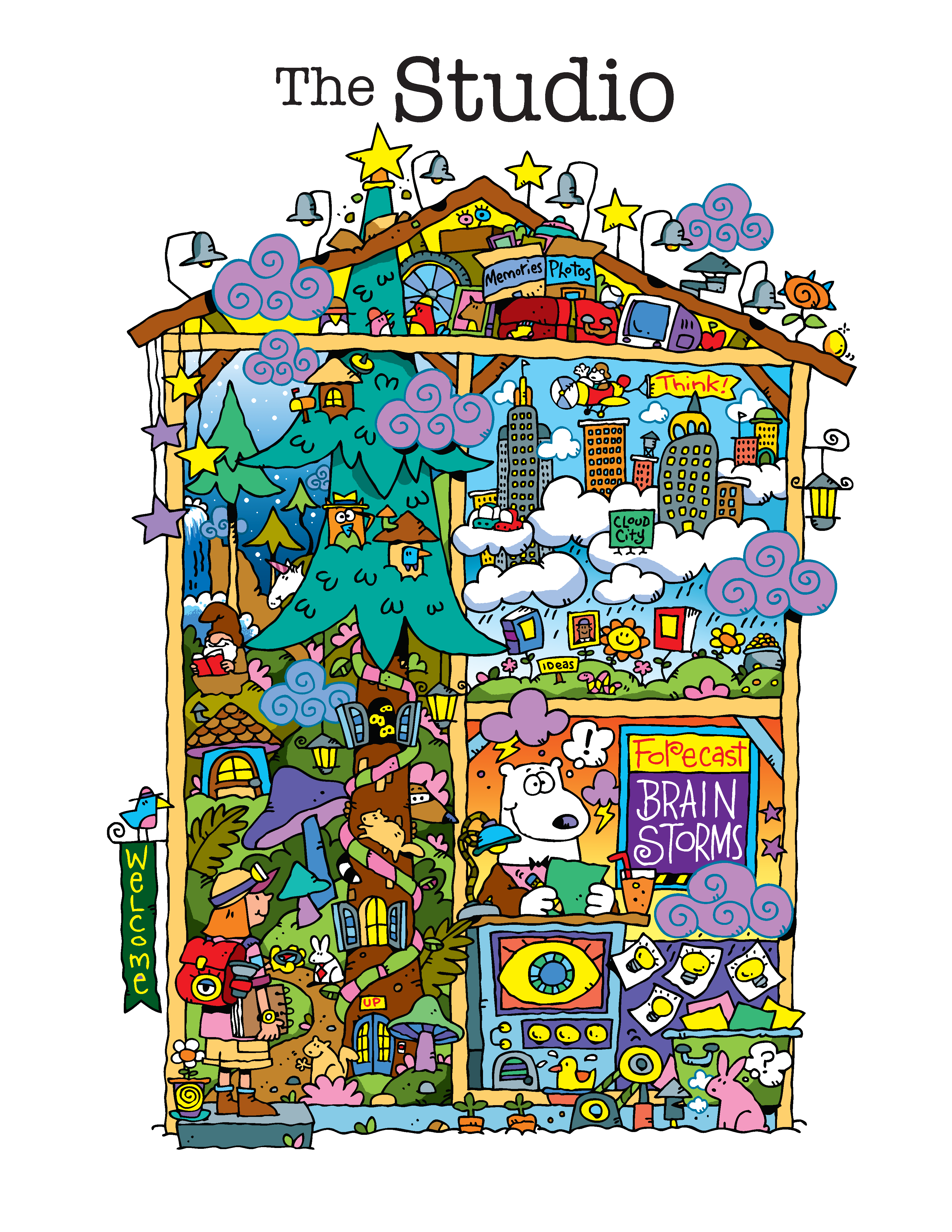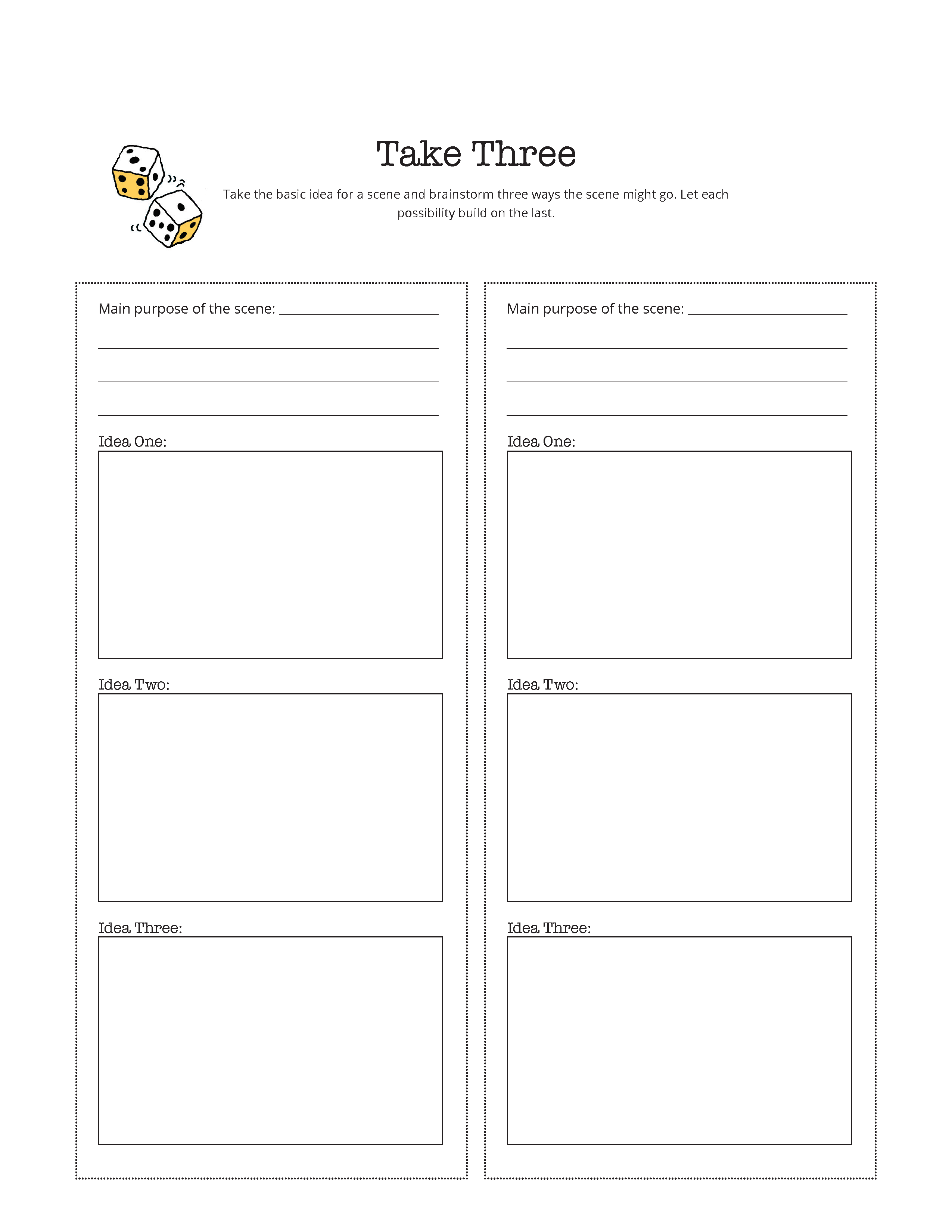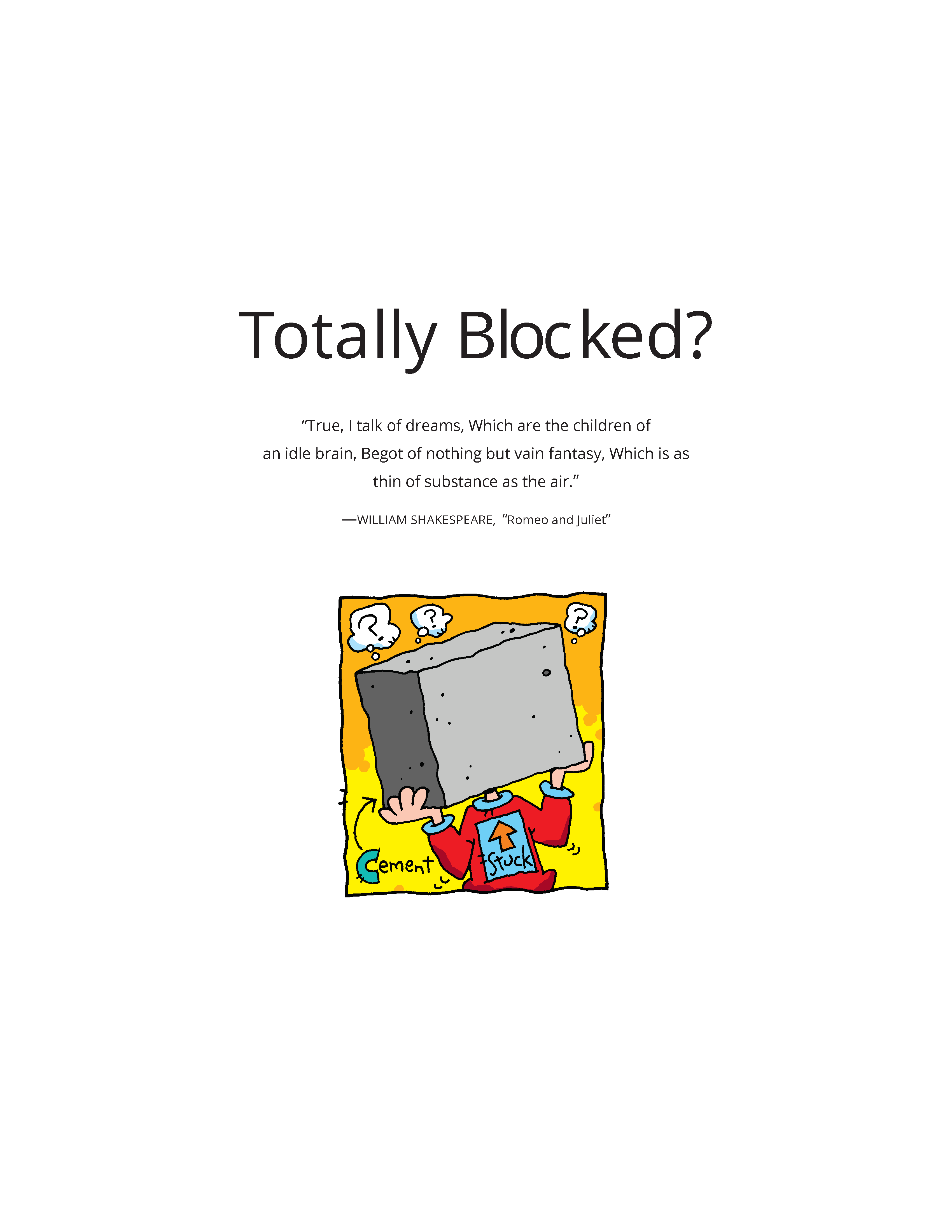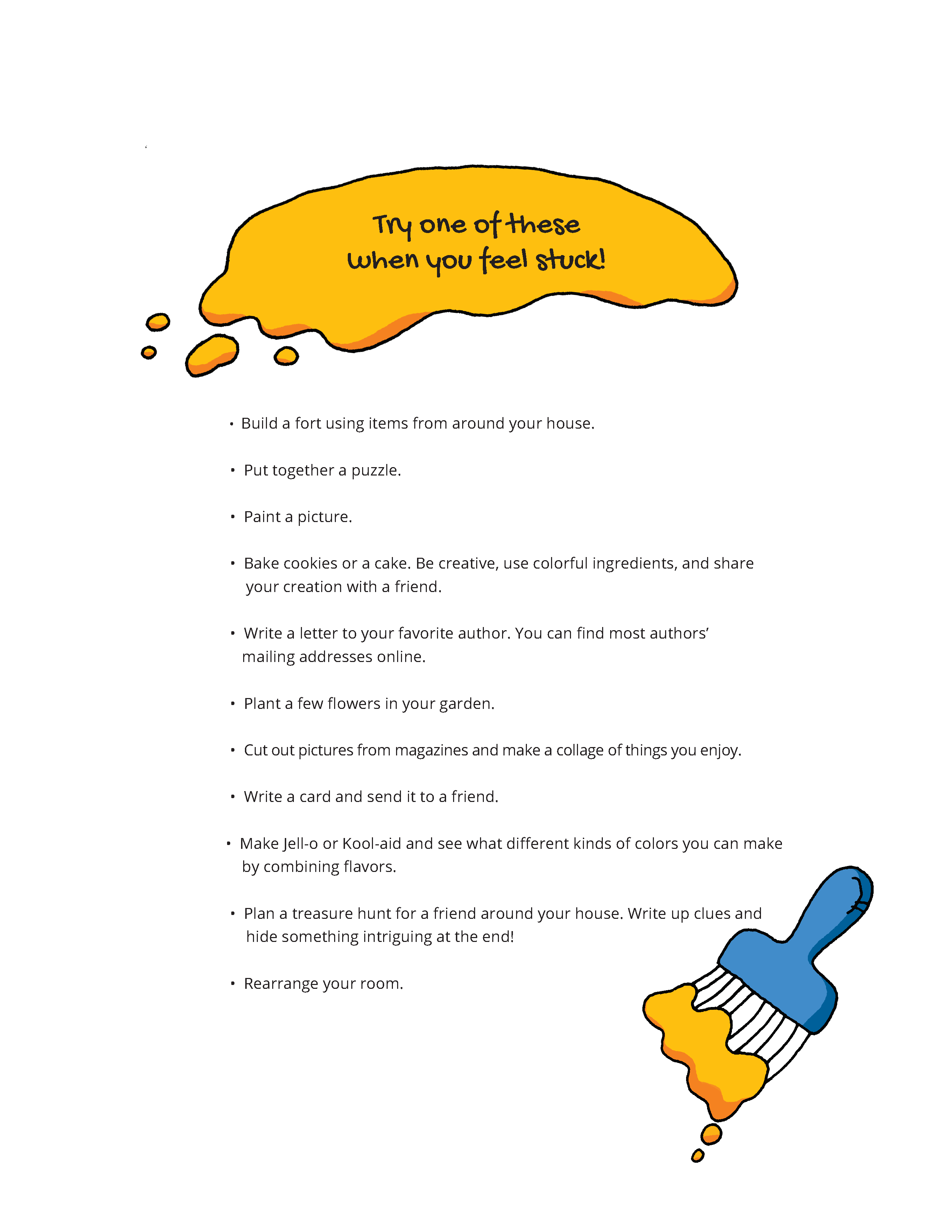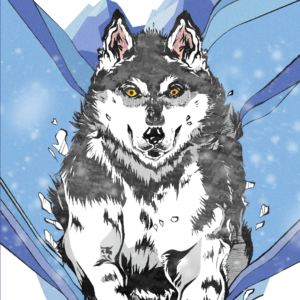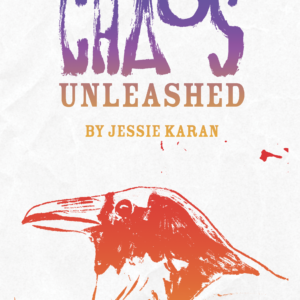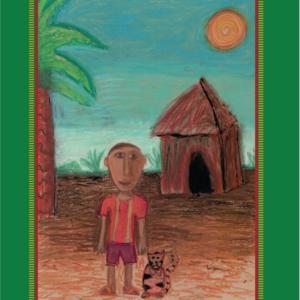Description
Preface from the Author, Naomi Kinsman:
Dear Young Inkling,
When does an author start becoming an author?
For me, it started in second grade. My music teacher, Mrs. Titan, announced we’d be doing a musical called “Totally Buggy.” As soon as I heard the music, I knew I had to play the Ladybug. Her jazzy solo took my breath away. I wanted to sing that song so badly, I couldn’t think about anything else.
On the day of the auditions, Mrs. Titan asked, “Who’d like to audition for the Ladybug?”
I wanted to raise my hand. I truly did. But my arm refused, my face flamed, my mouth went dry and I thought I might sink through the floor.
After school, my friend Amber asked what was wrong. When I told her, she asked, “What were you afraid of?”
It was a fantastic question to which I had no answer. If you’ve ever been afraid of doing something, you might understand how I felt. There is no logical reason why you can’t sing the song, or crawl through the dark tunnel, or pick up the non-poisonous, hairy spider. When you look your fear in the face, you freeze… and you can’t.
Even though I’d already missed my chance, Amber did something I’ll never forget. She made me sing the Ladybug song every day after school. At first, my singing was only a squeaky whisper. But as the days went by, on Amber’s backyard swing-set with the wind whistling in my ears, I began to sing louder.
About a month after I started singing in Amber’s backyard, the Ladybug stayed home sick from school. Our music teacher asked if anyone would like to sing her solo, just for the day. No one in my class was more surprised than me when my hand shot up in the air!
Of course, my friends started whispering- would I be able to do it? I’m proud to say that, shaky voice and all, I sang the entire song.
I didn’t perform the solo in the class play, but that day, I started becoming an author. I held that terrifying moment in my hands and began to shape it into a story. I whispered the story to myself as I fell asleep at night, and dreamed about sharing it with the world.
When does an author start becoming an author? The day you begin treasuring your stories, gathering them into your hands like water from a stream and holding them close.
As a part of the Society of Young Inklings, you too, are an author. You are joining a community of young writers who joyfully dip their hands into life and scoop up memories, dreams, questions and ideas to weave into stories. All stories, especially the ones we dream up, come from our experiences. We see a bird take flight, and ask what might happen to a character who suddenly learns to fly. We learn about clocks and write about traveling in time.
This book is a place to collect thoughts, to build skills, to brainstorm, and to learn.You’ll want to complete some of these pages many times, for different stories. Others, you might choose to skip over entirely. With your mentor, you’ll decide which pages you need now and which you might need later. Your mentor might even print an additional page or two for you to add to your binder. Keep in mind, this isn’t a workbook to be completed page by page. These worksheets and templates are thinking tools, here to help when you need them.
One more thing. Mentorship is an important part of the Society of Young Inklings, but being an Inkling goes far beyond this binder and your sessions. We are a real-live community that inspires and encourages one another. On days when you’re stuck, when you want to celebrate and share your work, when you’re starting a new story, when you finish a story, when you need a spark of inspiration, when you’re looking for an excellent book recommendation, come on over to visit us at www.younginklings.org. We can’t wait to hear from you.
Sneak Peek at What’s Inside:
The Attic: A Place of Your Own
Each story you write is unique because your ideas, your thoughts, your dreams, are uniquely yours. As you begin your journey, take stock of the life experiences in your Attic. Writing is a way of communicating who we are and what we think of the world. By looking inside your Attic often, you’ll know just what you want to say next.
The Studio: A Free Thinking Place
Every writer and illustrator needs a place to brainstorm, play around with ideas and create messy first drafts. In The Studio, you’ll find pages for collages, mind maps and brainstorms. Add your own style and flair, and use The Studio to play and think freely. Your journal is an extension of the Studio. Remember, first drafts aren’t meant to be perfectly neat. The best way to get your creativity flowing is to write and draw fast, to ignore your inner critic, and to save the revising for later.
The Workshop: A Structured Thinking Place
As you write or draw, you make a series of choices, large and small. What will my character look like? What will happen next? At the beginning of the drafting process, storytellers need to step away from their projects once in a while to think. And remember how we saved the revising for later? Those are important thinking moments, too. Whether a thinking moment comes early in the process or later, the Workshop’s activities, questions and ideas will help you play your way past sticky storytelling questions that might otherwise block your way.
The Library: A Learning Place
Other than writing or drawing, the best way to build storytelling skills is to immerse yourself in great books! When writers read closely, and when artists look closely, they can learn from what other authors and illustrators have done. As particular books or images catch your fancy, look closely at the writing or drawing style. Record what you learn in The Library.
The Cafe: A Sharing Place
Storytelling is an art form, and like all art forms, it is meant to be shared. Some writing or drawing is private, of course, but one important way (and reason!) to build our storytelling skills is to share our thoughts, ideas and perspective with readers. In the Cafe, you’ll find helpful strategies for giving and receiving feedback.

